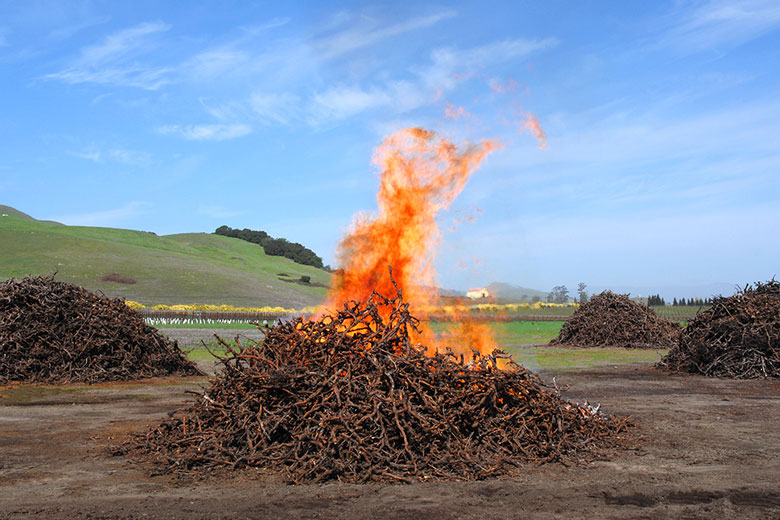
WHAT’S BIOCHAR? HOW TO STABILIZE CARBON IN YOUR SOIL
Biochar, otherwise known as charcoal, is an age-old method of increasing soil health. Learn more about the science and how to make your own biochar…
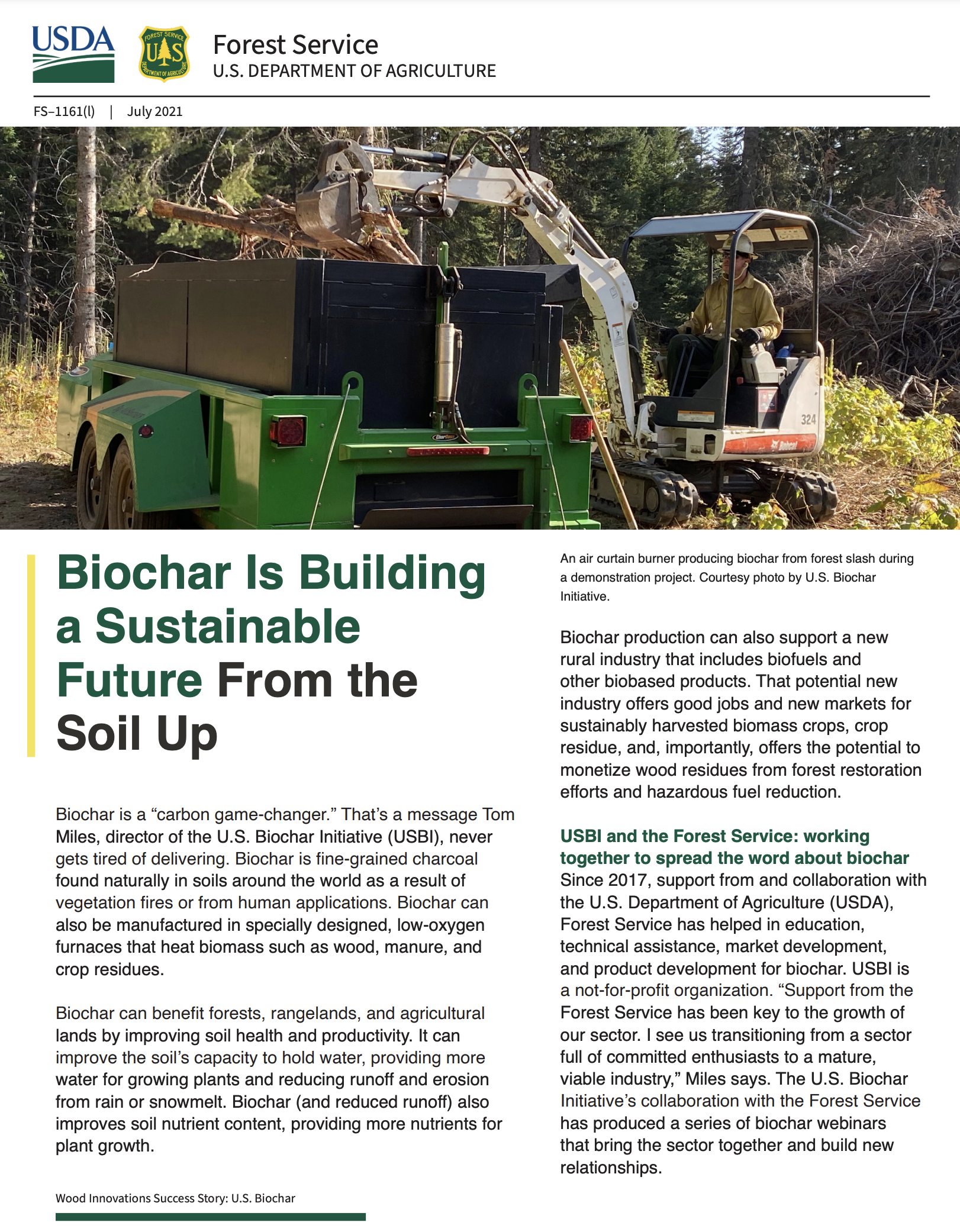
US Forest Service: Biochar is a Wood Innovation Success Story
Thanks to USBI, Biochar Is a US Forest Service Wood Innovation Success Story
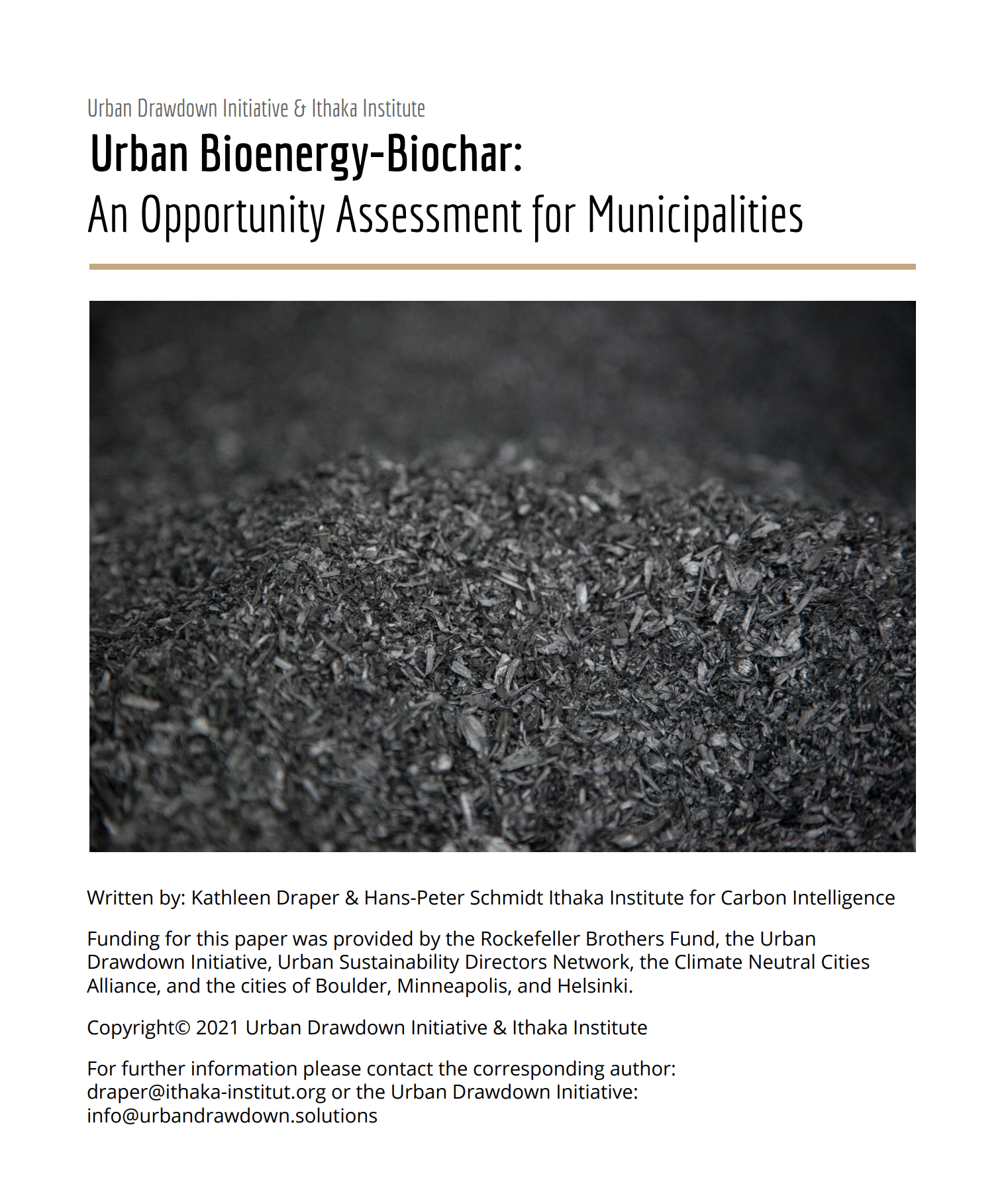
Urban Bioenergy-Biochar: An Opportunity Assessment for Municipalities
The Urban Sustainability Directors Network in collaboration with the cities of Boulder, Helsinki, Minneapolis, and Stockholm engaged the Ithaka…
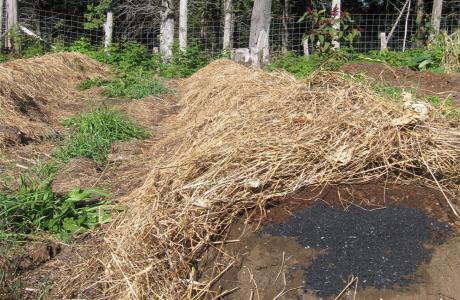
How to Charge Biochar
The simplest and most efficient method to biocharge your biochar is to simply mix it into your compost piles, stacking functions to benefit both the…
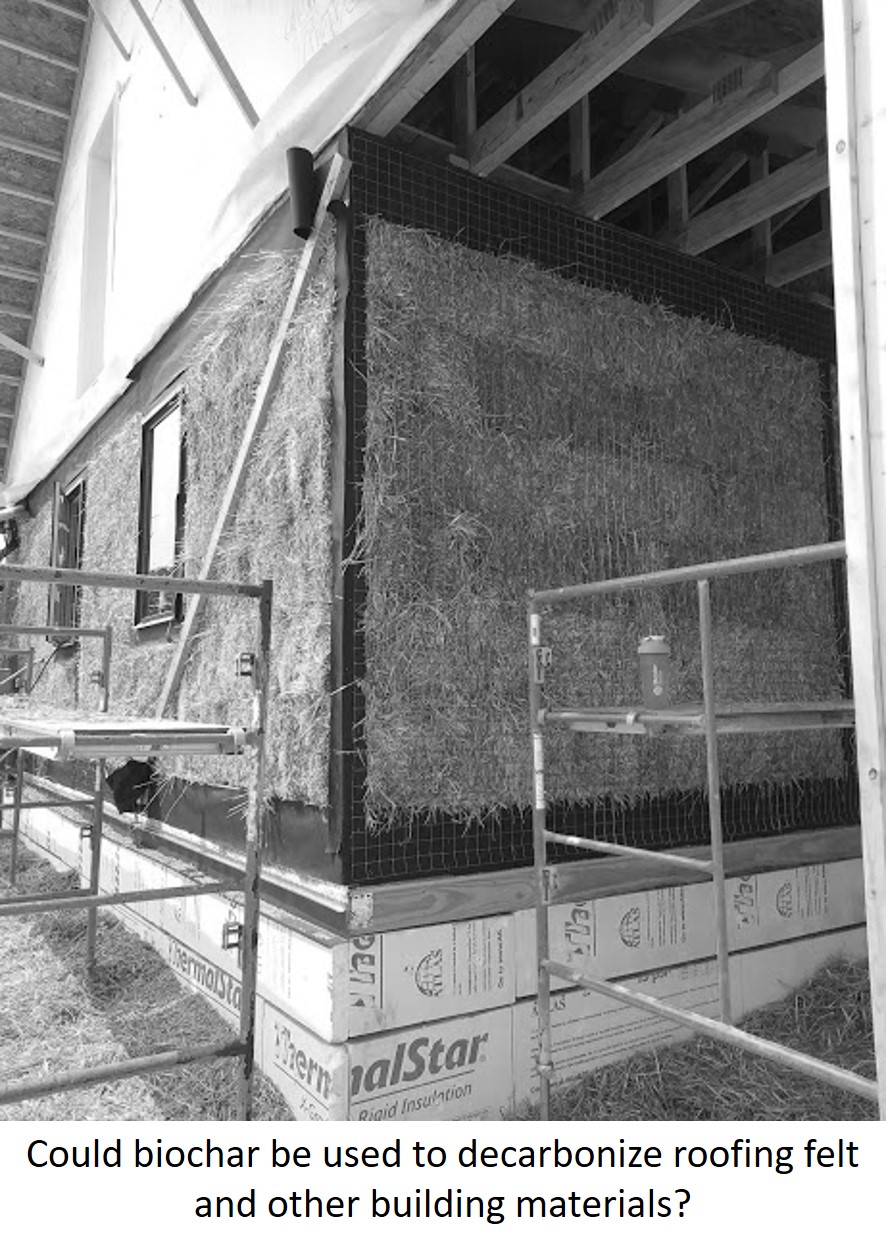
Dwelling on Drawdown – Part I
Follow Kathleen Draper's biochar home building project to learn more about how she has stashed carbon in every nook and cranny of her new home!
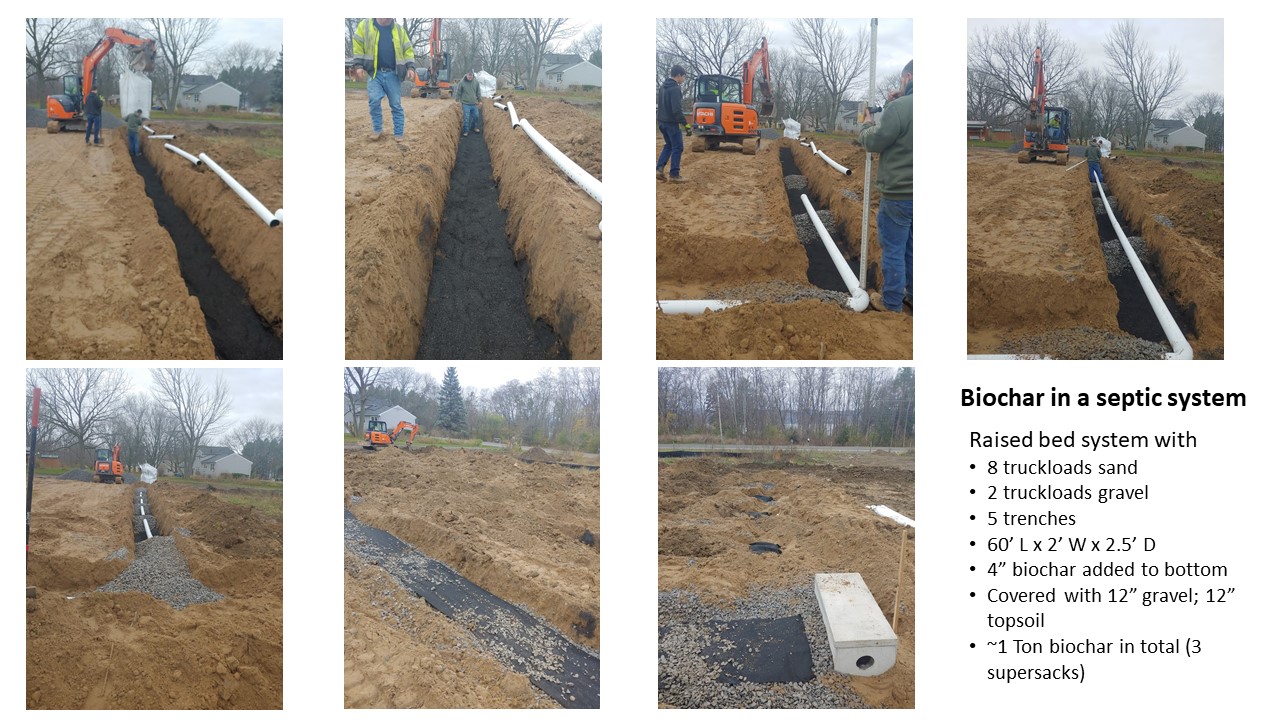
Dwelling on Drawdown – Draining the Swamp
Follow Kathleen Draper's biochar home building project to learn more about how she has stashed carbon in every nook and cranny of her new home!
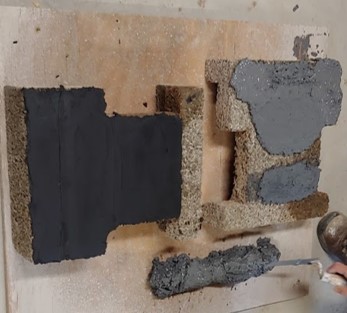
Dwelling on Drawdown - Part III - Carbon Walls
Converting walls to carbon caches could be compelling when you consider just how much wall space there is in the average US home.
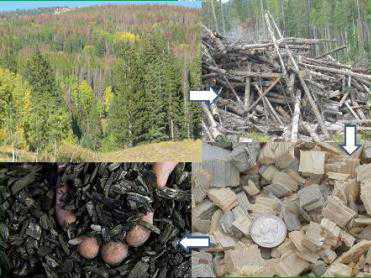
Opportunities and uses of biochar on forest sites in North America [Chapter 15]
Biochar may be useful for restoring or revitalizing degraded forest soils and help with carbon sequestration, nutrient leaching losses, and reducing…
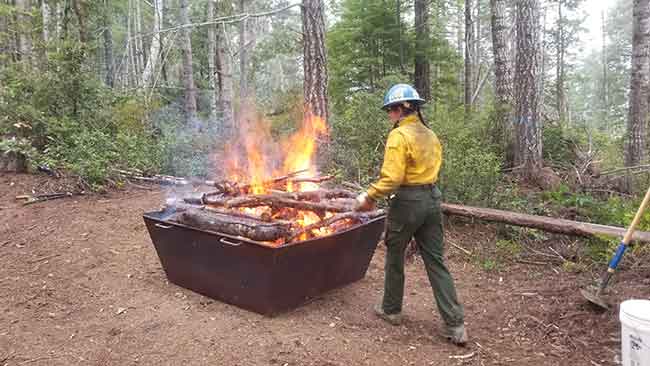
Down to Earth - Biomass to Biochar and Storing Carbon in the Forest Soils
Prescribed burns are a recognized method for building healthy fire resilient forests. In this March 2021 webinar, the Redwood Forest Foundation,…
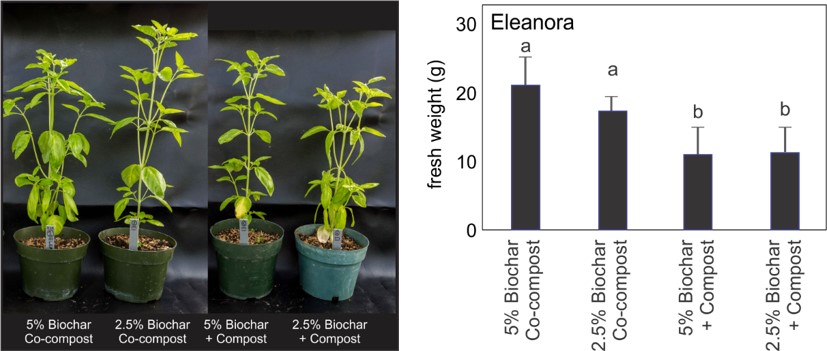
The Devil is in the Process: Co-composting Biochar Could Benefit Crop Growth and the Environment
Biochar has the potential to sequester carbon and improve the properties of soils when used as an agricultural amendment.
